Enjoy Mother’s Day in the Lake District
Mother’s Day falls on Sunday 10th March this year, so if you’re looking for the perfect way to celebrate,...
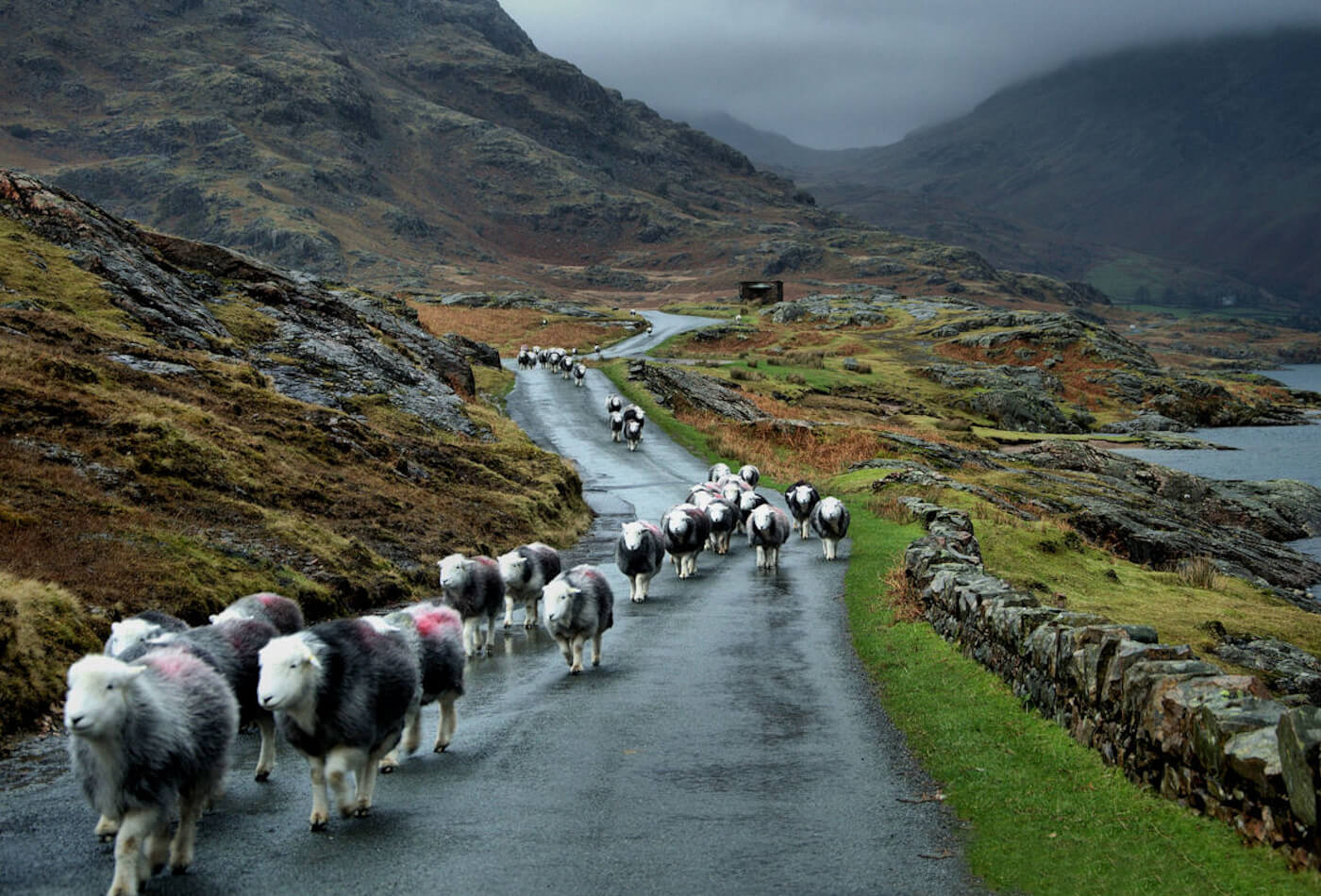
In terms of wildlife, Cumbria really does have it all, with natural woodlands, beaches, fells, parks and gardens to name but a few.
No matter whether you’re exploring the fells or walking the Cumbrian coast, the county boasts wildlife at every turn.
So, if you love wildlife, love the county, or are visiting Cumbria in the near future, then read on to see what Cumbrian wildlife you could see during your travels…
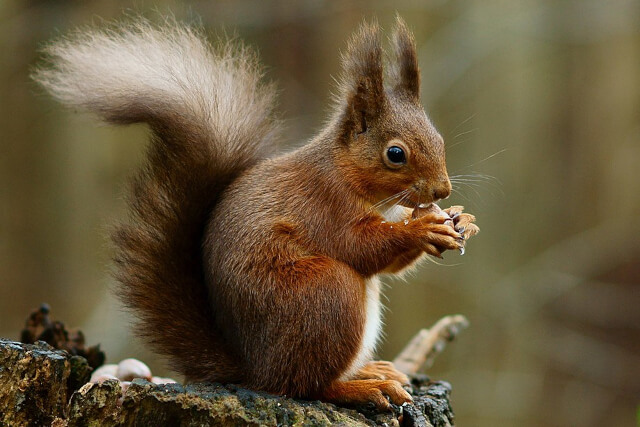
One of the most-loved species, red squirrels, can be seen year round in a number of Cumbria’s woodlands.
Experts at the Cumbria Wildlife Trust say that you’re most likely to spot them feasting on hazelnuts, scooting along dry stone walls or racing up and between the trees.
A spokesperson for the trust said that they’re easy to distinguish from the more widespread grey squirrel. Reds are smaller, have reddish-brown fur and tufts of hair on the end of their ears.
Smardale Gill Nature Reserve near Kirkby Stephen is a great place to see red squirrels, and has been a priority location for red squirrel conservation since 2010.
There are also a number of other great places to see red squirrels in Cumbria such as Wreay Woods Nature Reserve near Carlisle, Allan Bank or White Moss Woods in Grasmere, Skelgyhll Wood in Ambleside, Dodd Wood in Bassenthwaite and Lanthwaite Wood in Loweswater.
The famous golden eagle is the second largest bird of prey in the UK and there is one in Cumbria.
Beth Pipe adds, if you’re up for a bit of a hike then a quick drive to Haweswater will bring you to the home of the last remaining golden eagle in England. He’s a tricky one to spot mind, but the wait is definitely worth it.
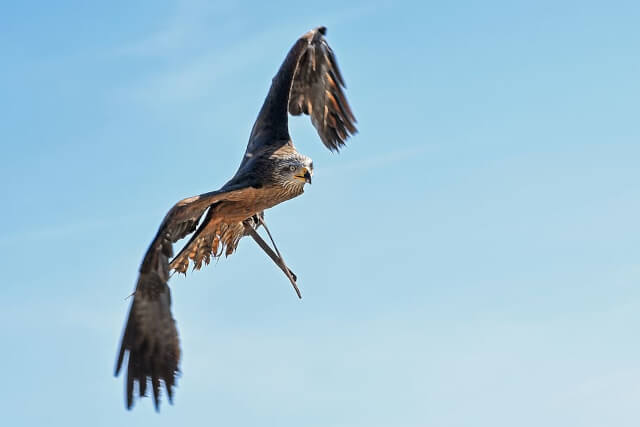
One of the most impressive Lake District wildlife sights is seeing Buzzards and Kestrels flying high in the sky over the beautiful Cumbrian countryside.
Beth Pipe, an outdoor writer and owner of the blog Cumbrian Rambler, shares some tips on how you can spot Buzzards and Kestrels.
She says Cumbria is packed full of fantastic wildlife and all it takes to see it is a little patience and a keen pair of eyes and ears. On most hill walks you should be able to spot buzzards. Listen for their pinging call and watch as they soar high along the valleys in search of food.
Kestrels can often be seen too; they tend to hover in one place looking for lunch before descending on their unsuspecting prey.
Continuing the bird theme, during the summer months the woodland around Bassenthwaite Lake is home to a pair of breeding ospreys. According to Cumbrian Rambler blogger, Beth Pipe, the RSPB have set up a hide nearby allowing walkers and visitors to watch ospreys as they swoop along the lake looking for fish to feed their brood.
Once extinct and still rare, ospreys are a conservation success story with the number of breeding pairs now steadily increasing in Scotland, Cumbria, the East Midlands and Wales.
Other great places to see this magnificent bird include Foulshaw Moss Nature Reserve near Witherslack and Esthwaite Water near Hawkshead.
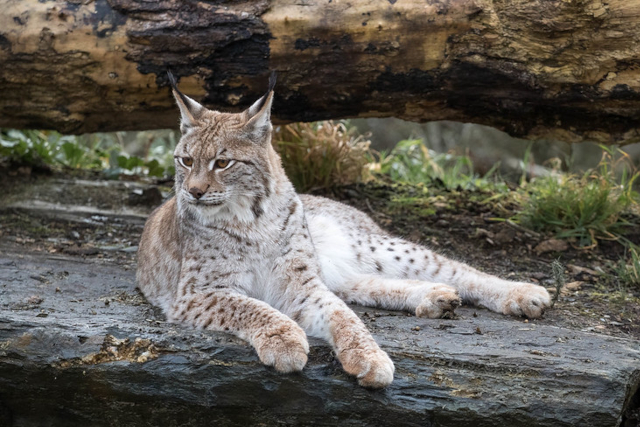
The Northern Eurasian Lynx was once indigenous to Cumbria, but now the only place to see this magnificent animal is at the Lake District Wildlife Park.
The Northern European Lynx is the largest of the lynx species, ranging in length from 80 to 130cm and standing about 70cm at the shoulder. Males usually weigh 18 – 30 kg and females weigh 8 – 21 kg. They are carnivores and in their natural habitat, feed on deer, goats and sheep, also preying on smaller animals like rabbits, hares, rodents and foxes.
The Lake District Wildlife Park is home to two Northern Eurasian Lynx’s, Elva and Cai, who are brothers.
The brothers were born at Whipsnade Wild Animal Park in May 2011 and named Ruslan and Sacha. This species is native to Russia, Central Asia and Western Europe, and is often found in European and Siberian forests. It is sadly 300 years since they were native to the Cumbrian terrain.
Once Elva and Cai were moved they were renamed to reflect their indigenous origins and the Lake District Wildlife Park say it is a fantastic feeling to have a species that roamed free in these parts hundreds of years ago.
These large marine mammals, like their name suggests, are mainly grey in colour with darker spots and blotches. Grey seals are larger than the common seal and have the identifiable sloping Roman nose profile.
According to the Cumbrian Wildlife Trust, South Walney Nature Reserve is the only seal haul-out location in Cumbria.
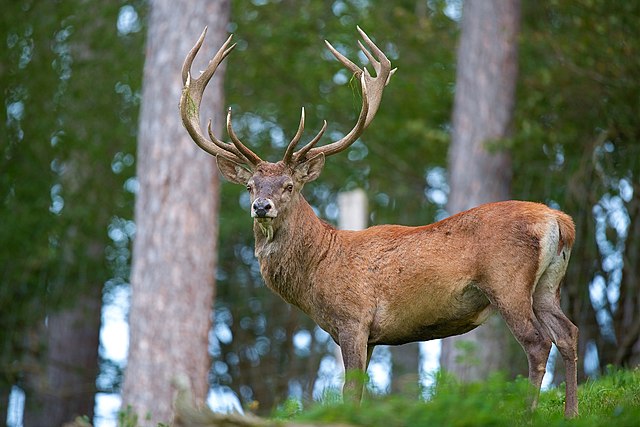
Although normally associated with Scotland, there are also plenty of red deer found in Cumbria. The deer are the largest found in England and can reach a height of 1.2 metres at the shoulder. Males also have strikingly large, branching antlers that increase in size as they get older.
The Cumbrian Wildlife Trusts says encountering a herd of red deer during the autumnal breeding season, known as the rut, is widely regarded as one of nature’s wildlife spectacles. During this time males bellow and roar to declare territory and compete with other males over females.
Haweswater, Martindale and Cumbria Wildlife Trust’s own Foulshaw Moss Nature Reserve are all great places to see red deer.
Cumbria’s countryside comes alive with butterflies in the summer months and the beautiful peacock and small tortoiseshell species can be seen in April.
Red admiral butterflies visit Cumbria in September, whilst pearl-bordered fritillaries spread their wings in the middle of May and can often be seen flying close to the ground along sunny woodland rides, or feeding on spring flowers like common dog-violet.
Common destinations for pearl-bordered fritillaries in Cumbria include Whitbarrow Scar Hervey Memorial and Howe Ridding Woods nature reserves and the Cumbria Wildlife Trust Hutton Roof Crags Nature Reserve.
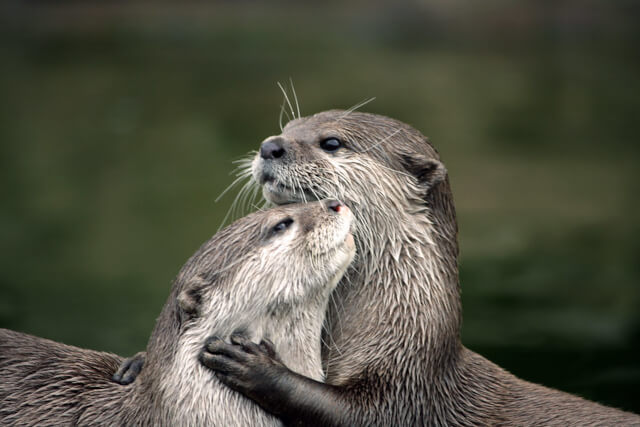
These carnivorous mammals are excellent swimmers and one of our top predators, feeding mainly on fish, amphibians and crustaceans.
The Cumbria Wildlife Trust says in past years the chance of seeing otters in the wild was scarce, but thankfully otters have made something of a come-back. Still rare but widespread, otters can be glimpsed around rivers and estuaries across Cumbria, and increasingly in urban areas.
Signs that otters are in the vicinity include tracks on banksides (they have 5 toes) and finding spraints (their droppings), which are dark in colour and contain fish bones and scales.
The Cumbria Wildlife Trust says that the River Kent in Kendal, the River Eden in Carlisle and the River Petteril in the Cumbria Wildlife Trust’s Wreay Woods Nature Reserve are the top spots to see otters.
According to Fatbirder, the premier birders’ web resource about birds, birding and birdwatching, the west coast of Cumbria boasts a small range of sandstone cliffs at St. Bees, which provide nesting sites for auks, kittiwakes and fulmars.
Auks are medium-sized seabirds that often visit Cumbria to breed each spring. The birds are excellent swimmers and divers.
Kittiwakes are medium-sized gulls that have a striking grey and black back. These gulls are a common site along the Cumbrian coastline.
Fulmars are a gull-like seabird that is in fact related to the Albatross. Fulmars have breeding sites across Cumbria and can be seen all-year round.
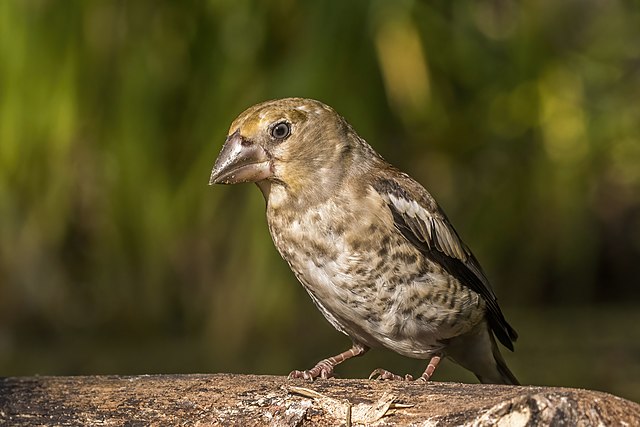
Hawfinches are the UK’s largest finch, but they are extremely difficult to see as they spend most of their time in the high canopy of our woodlands.
The birds large head and huge bill are striking, but its autumn-like shades of rust-red, black and white are spectacular. These colours also mean that visitors to the county are more likely to see the birds in the winter.
Hawfinches are so rare that they feature on the red list of birds of conservation concern, but they are present in Cumbria at Brown Robin Nature Reserve, the Barkbooth Lot Nature Reserve and Underlaid Wood.
There are lots of fungi that call Cumbria home such as blue roundhead, waxcap, rustgill, fly agaric, morel, scarlet elfcup, and bitter poison pie.
These aforementioned fungi are just a snapshot of the fungi that reside in Cumbria, but to see a more extensive list check out this article on the Cumbria Wildlife Trust website.
Cumbria being home to the Lake District National Park means that there are a variety of different woodlands and trees growing in the county. The Lake District National Park is in fact home to more native woodland than in any other upland National Park in Britain.
Woodlands in Borrowdale are particularly important for their lichens and their rich moss and liverwort communities, which depend upon high rainfall and humidity. The national park is also home to a variety of flora and fauna and other animals such as the Peregrine falcon.
Fancy coming face-to-face with the wildlife in Cumbria yourself? Book a getaway in one of these Cumbrian cottages today!
Images courtesy of – Chris Himsworth – (CC BY-SA 4.0); Peter Trimming – (CC BY 2.0); John Purvis – (CC BY-NC-SA 2.0); Lviatour – (CC BY-SA 3.0); Mark Spokes – (CC BY-NC-SA 2.0); Charles J. Sharp – (CC BY-SA 4.0)